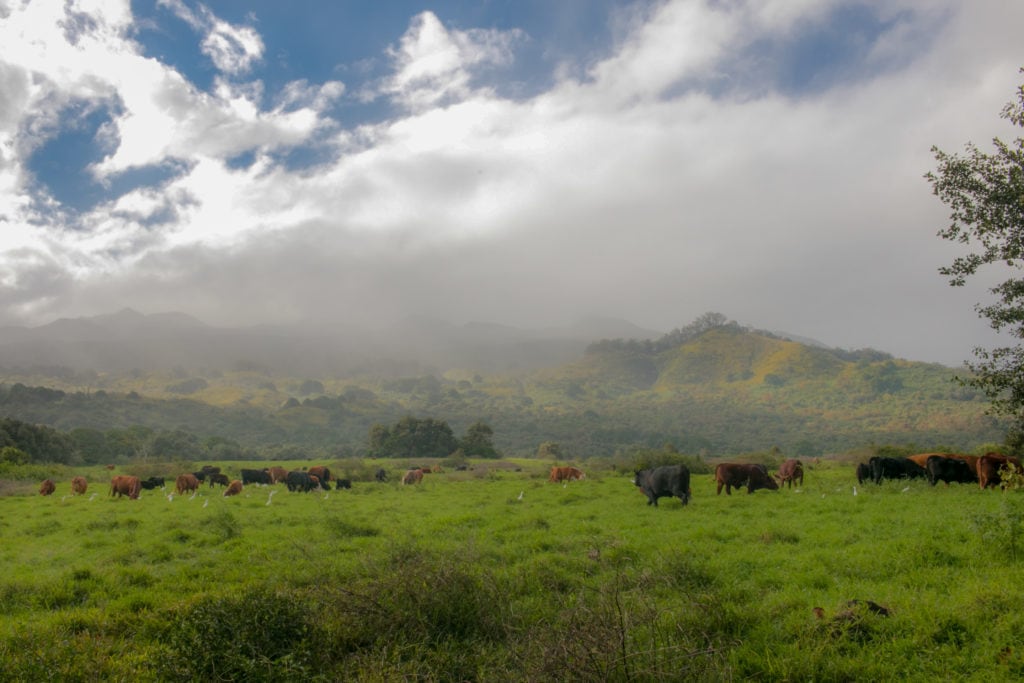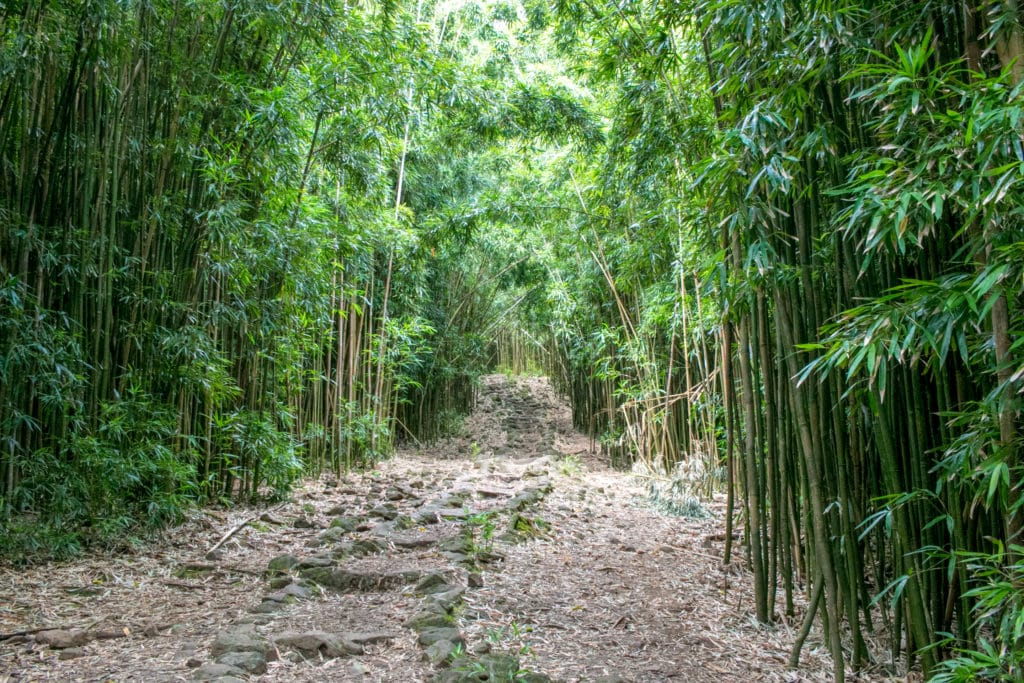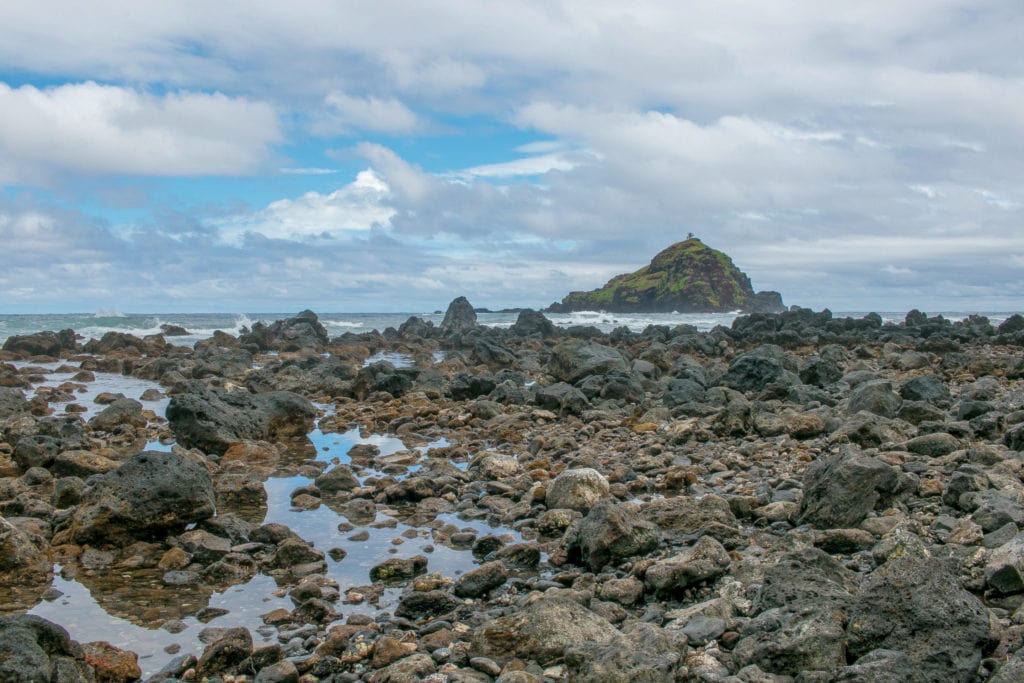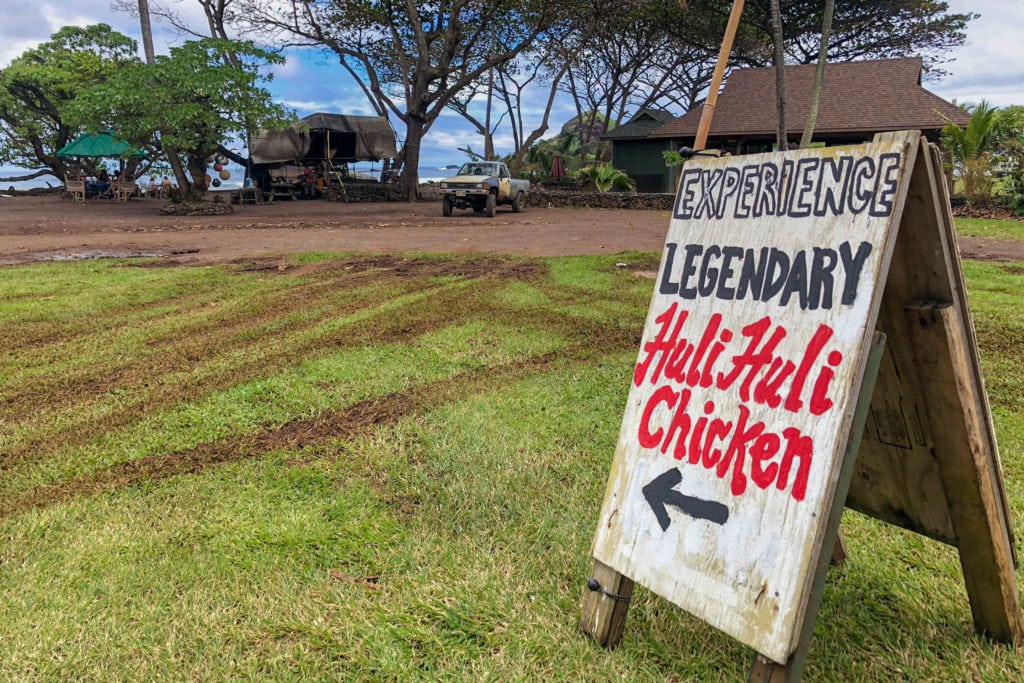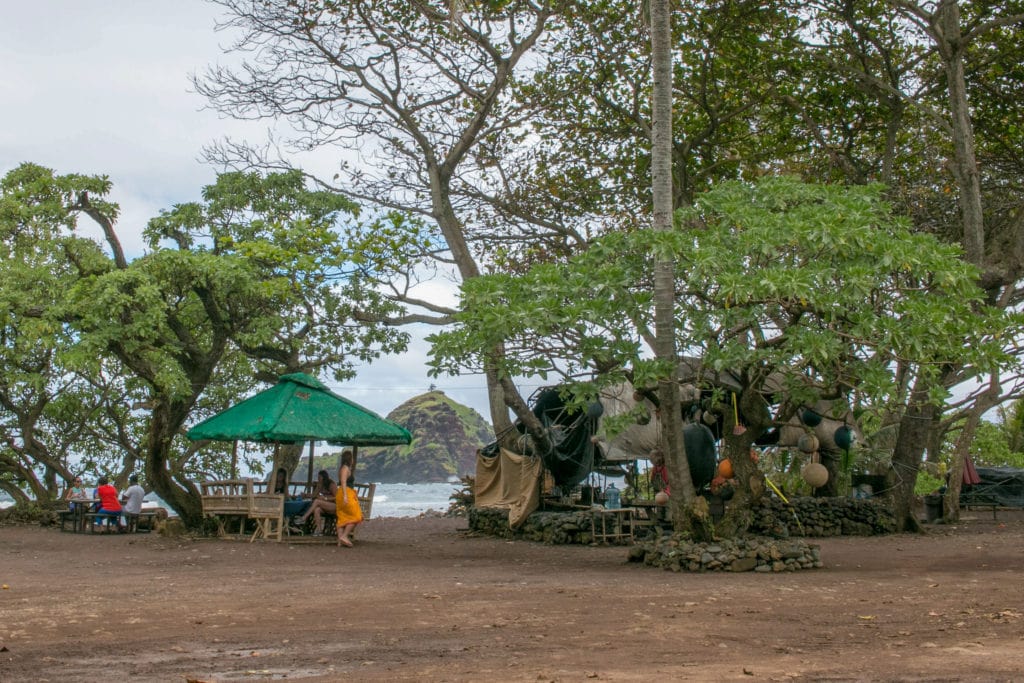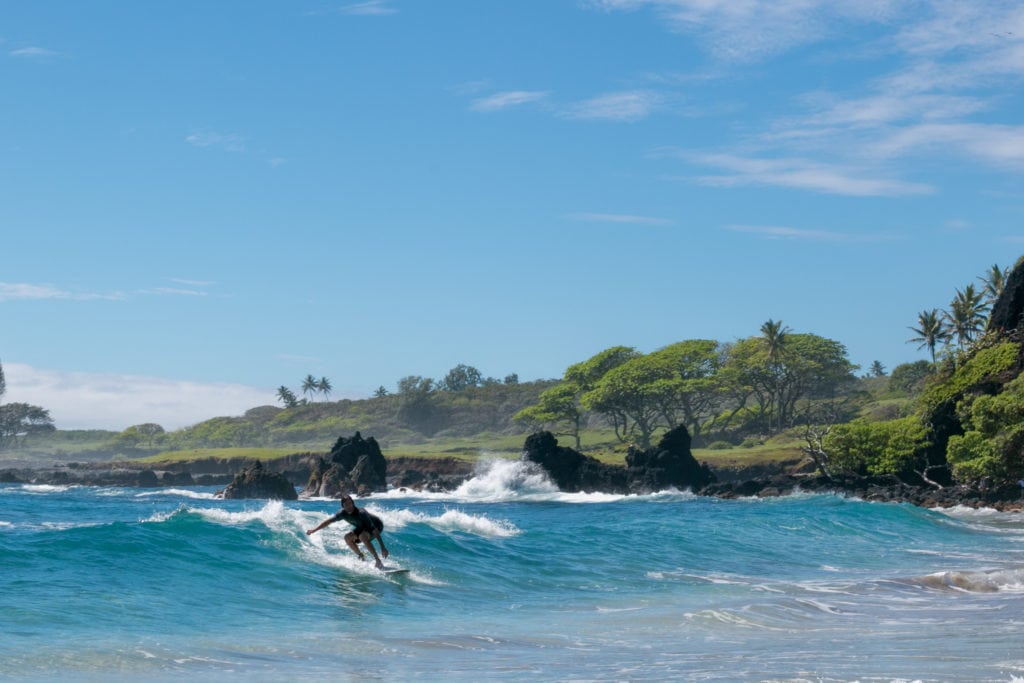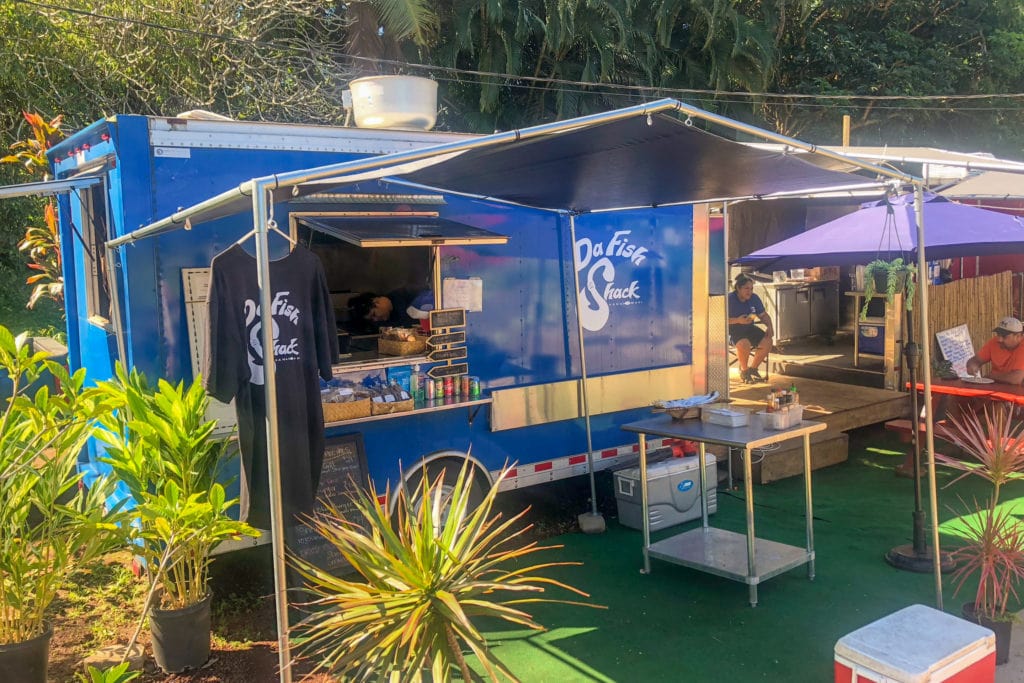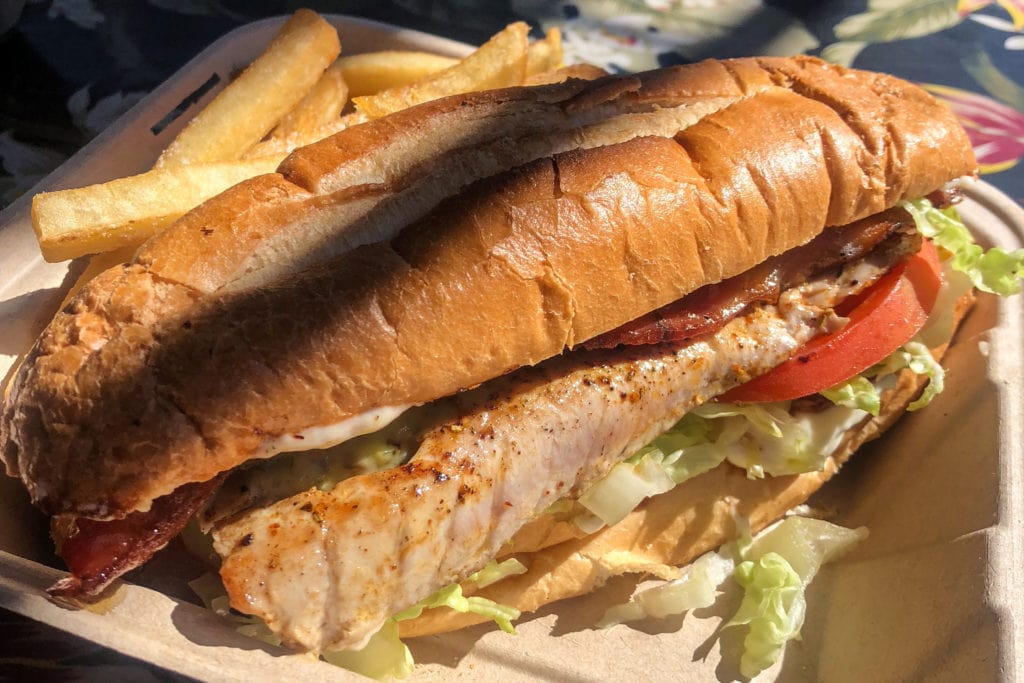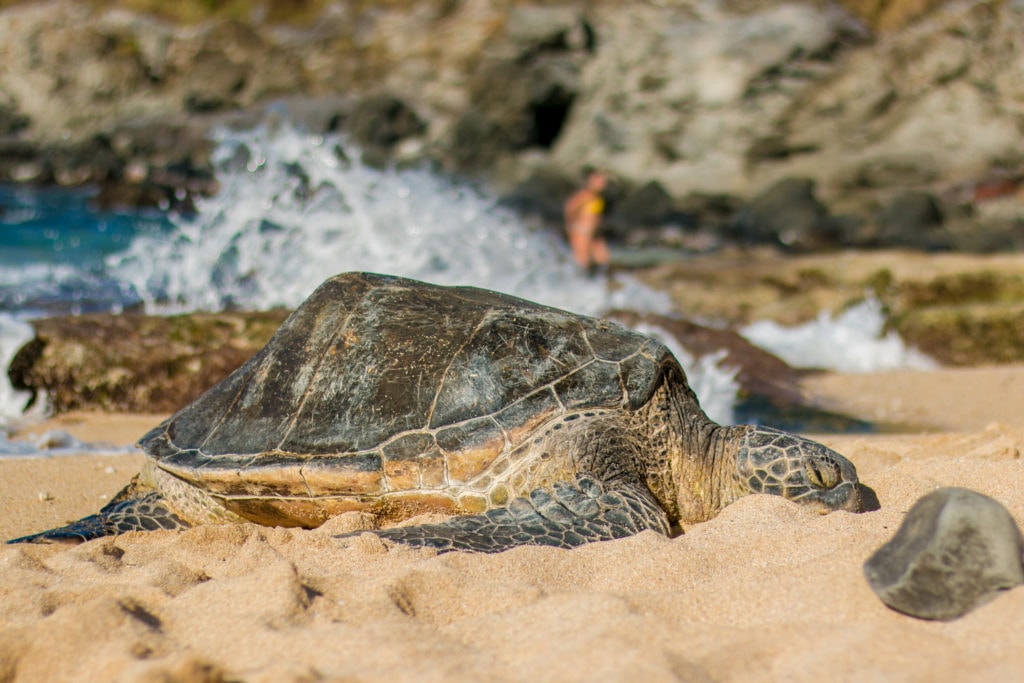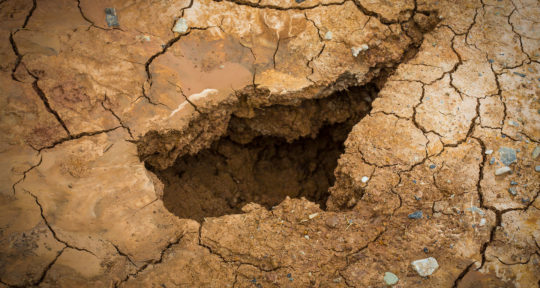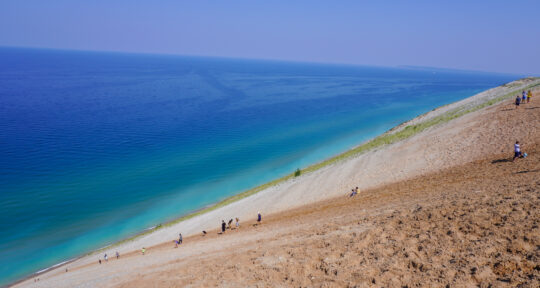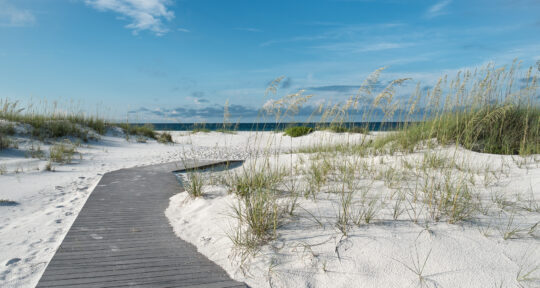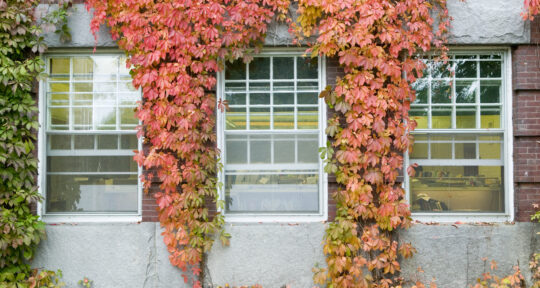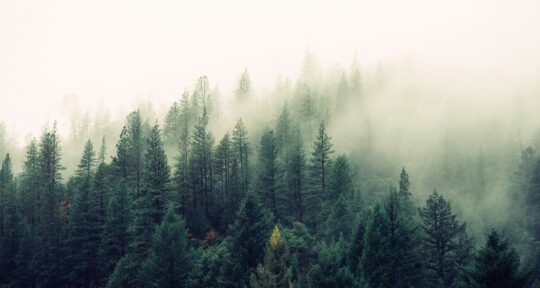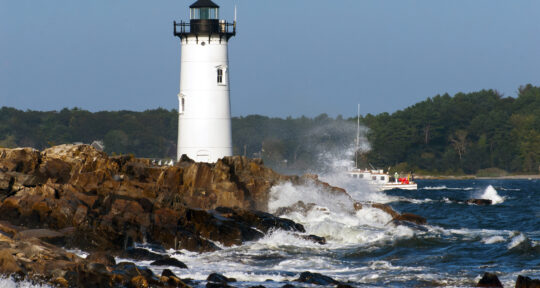The sun sets hours before I find myself speeding down the Road to Hana, which connects Kahului to the town of Hana in east Maui, Hawaii, for the first time. There are no lights along the roadway, just 620 curves and 59 bridges; the majority of the one-lane road is the same today as it was in the early 1900s.
My original plan was to take a 20-minute flight from Maui’s main airport to the tiny strip of runway in Hana. But due to Maui’s constantly changing weather, my flight from Kahului Airport is canceled.
The airport staff advise me against making the drive to Hana at night. The roadway is shrouded in darkness, one-way bridges, and cliffs that drop off hundreds of feet into the sea. But Steve Bond, a realtor and a part-time Uber driver, agrees to make the 3-hour drive in the middle of the night. There are few stops along the 64-mile tropical roadway, so Bond takes me to a gas station in town where I stock up on snacks and water.
“Let’s do it,” Bond says as he pulls out into the complete darkness.
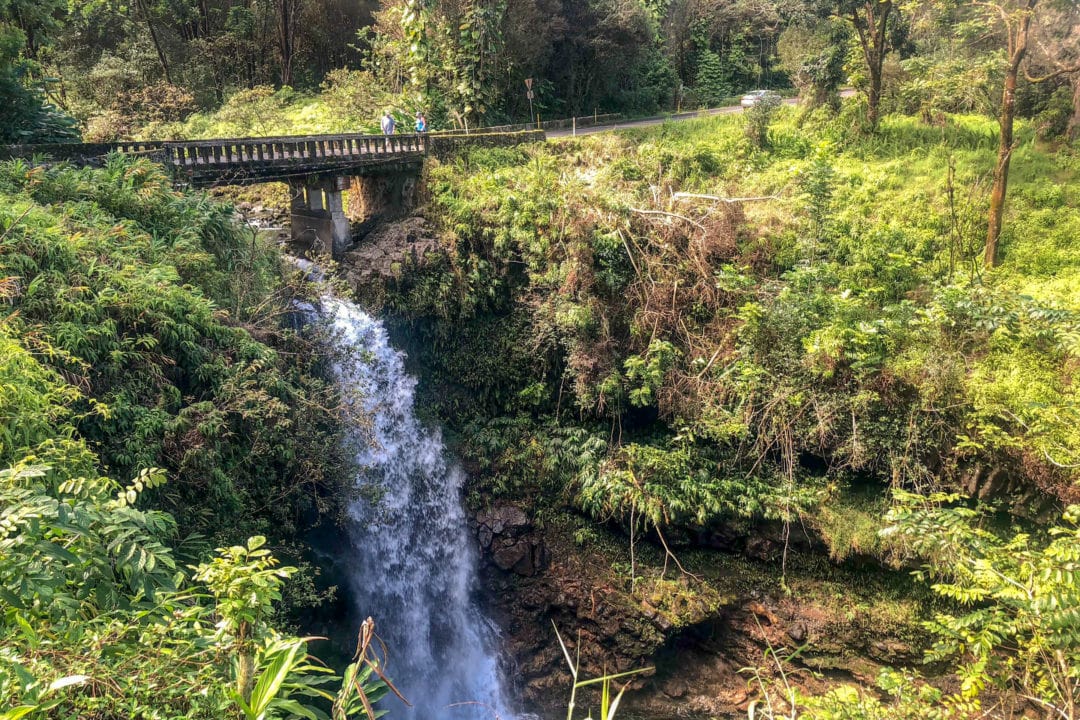
The King’s Road
My first 2-hour experience on the Road to Hana is spent with my head hanging out of the backseat window of Bond’s pickup truck as he whips through hundreds of tight curves in the dark. The road is slick from small trickles of water that drop through the rocky cliffs lining the roadway and run across the pavement. I can smell the fresh water evaporating off the fern-covered cliffs and hear the sound of waterfalls crashing under each bridge we pass.
A few days later, I pick up a rental car to make the storied drive back on my own.
The truly majestic part of the Road to Hana begins once I pass through the small town of Hana (population around 1,000). The town was settled between 500 and 800 A.D. and is still one of the most isolated parts of Hawaii—there is one road in and one road out. That road, also known as the Hana Highway, was listed on the National Register of Historic Places in 2001, but its history dates back to the 16th century. Built by Maui’s King Pi’ilani, and once known as “The King’s Road,” the road stretched from West Maui through the tropical rainforest to Hana. Originally paved with lava rocks, today’s version is asphalt and (mostly) smooth and safe.
Cows graze in lush pastures just outside the town of Hana. | Photo: Paul Biasco East Maui’s Pipiwai Trail on the Road to Hana features a bamboo forest halfway up the hike to the waterfall. | Photo: Paul Biasco The Red Sand Beach, Kaihalulu. | Photo: Paul Biasco
The drive comprises an abundance of natural wonders and historical markers, and crosses through seven different microclimates. I can’t resist pulling over at the Waianapanapa State Park‘s black sand beach, a cove formed by deep black crushed lava rock surrounded by lush green contrasting vegetation. I pass countless waterfalls on my way to Halfway to Hana, a snack shop famous for its banana bread. Thanks to the area’s prime banana-growing climate, there are several options. Who makes the best banana bread is a continuous, and sometimes contentious, debate among locals.
The Road to Hana may be America’s greatest driving—and dining—adventure and the 64.4 mile stretch from Kahului to Hana exposes travelers to some of the best in Hawaiian cuisine.
Sea to table
There are few restaurants along the road, but during the day, the highway comes to life with food trucks, beachside pop-ups, and fresh fruit stands. Lured by a hand-painted white sign with big red letters, I stop for a traditional Hawaiian plate lunch at Huli Huli Chicken, a roadside tent adjacent to Maui’s famed Red Sand Beach. The tiny eatery serves up styrofoam platters of what is more or less Hawaii’s version of a meat and three. The owners fire up fresh barbecue daily. I opt for the combo of chicken and ribs, which comes with salad, macaroni salad, and two big scoops of white rice.
Travelers should keep an eye out for the Huli Huli Chicken sign just past the town of Hana for an incredible plate lunch. | Photo: Paul Biasco The seating area of Huli Huli Chicken is located just steps from Maui’s Red Sand Beach, Kaihalulu. | Photo: Paul Biasco A surfer rides a wave into shore just off Hamoa Beach, considered to be one of the world’s best beaches. | Photo: Paul Biasco
I grab a can of POG, a Hawaiian fruit drink made of passion fruit, orange, and guava, and head toward a set of picnic tables placed in the red sand. The waters of Koki Beach are deceivingly rough and locals advise against swimming, but a walk along the rocky shoreline is inspiring.
I continue onward from the Red Sand Beach to the Seven Sacred Pools, a cluster of pools filled by cascading waterfalls within the ‘Ohe’o Gulch in Haleakala National Park. The 2-mile Pipiwai Trail features incredible views of a towering waterfall, a bamboo forest, and enormous banyan trees. I spot a cluster of food trucks in a parking lot just off the beach in the heart of the town of Hana. The bright blue sign on the side of Da Fish Shack food truck catches my eye and I get lucky: Da Fish Shack serves up some of the freshest seafood in Hana.
Da Fish Shack in the town of Hana parks in a mini food truck plaza and serves up fresh catch every day. | Photo: Paul Biasco The Ahi Tuna BLT from Da Fish Shack located in the town of Hana is one of the freshest quick bites at that end of the island. | Photo: Paul Biasco There’s a good chance visitors to Ho’okipa Beach Park, one of the best spots along the Road to Hana to swim, will spot sea turtles. | Photo: Paul Biasco
“All of our fish is from local fishermen,” says Brian Maser, who runs the truck. “We keep it as close as possible.”
Maser works with four local fishing boats that head out each morning, and he tailors his menu to the day’s catch. “I’ve cooked in Maui for 25 years,” Maser says. “We did Da Fish Shack because we can get the fresh fish from Hana fisherman. We try to do as much farm-to-table as we can.”
I drive back to Kahului, slowly winding down from the tropical rainforest to sea level, snacking on a loaf of banana bread. It’s only been a few dozen hours since I first set off on the Road to Hana, but in more ways than one, I am no longer in the dark. Waterfalls and roadside snack stands are great, but I realize that the road itself—and the connection it provides to nature—is the true destination.
If you go
The Road to Hana, or Hana Highway, connects Kahului to Hana in east Maui via a 64.4-mile stretch of Hawaii Routes 36 and 360. Make sure to start driving a few hours before sunset to avoid driving the winding road in the dark.
